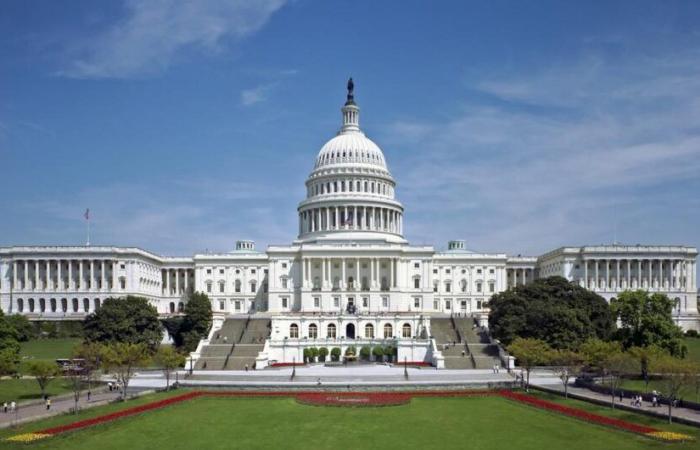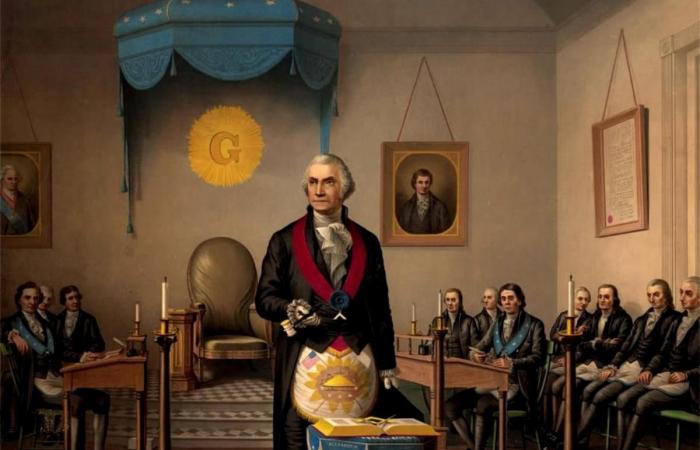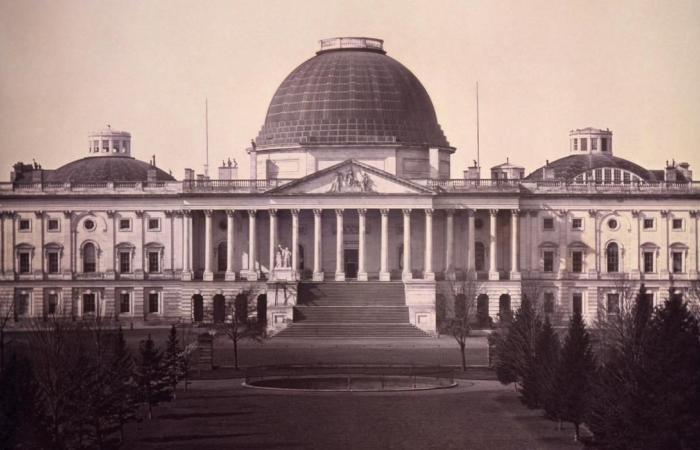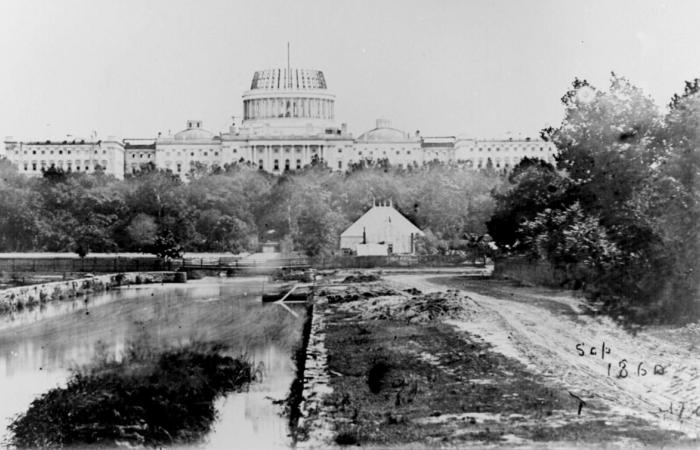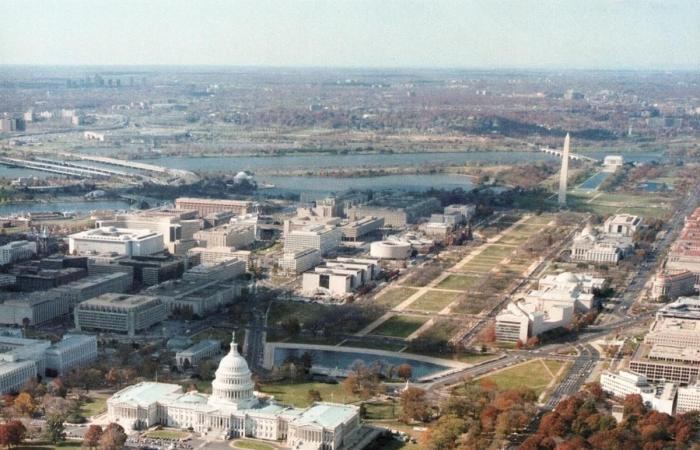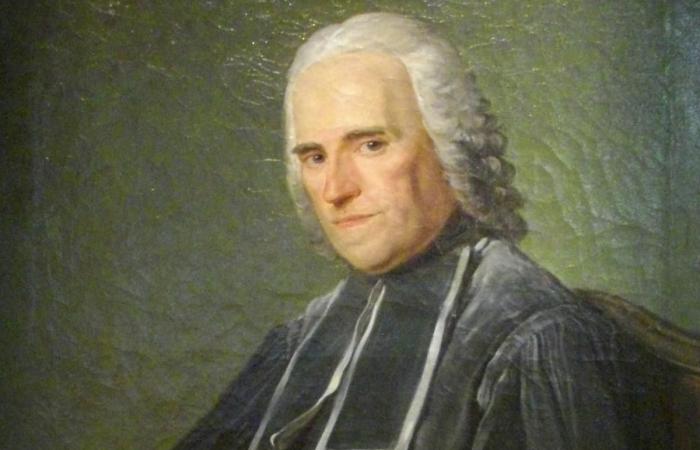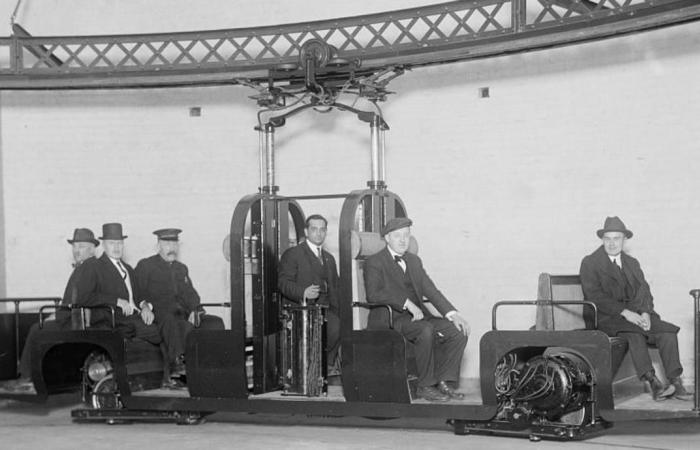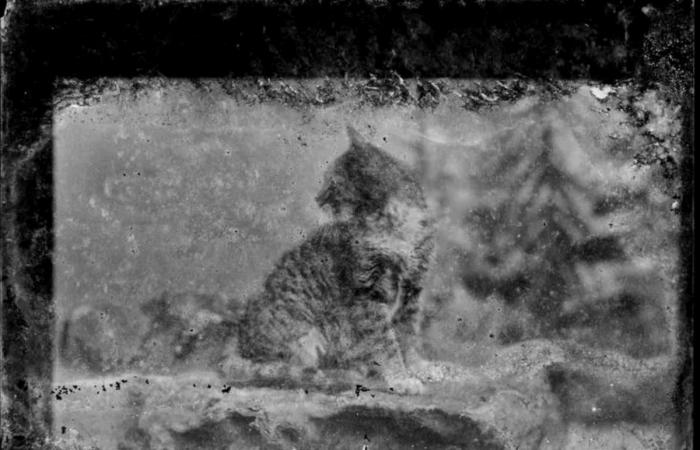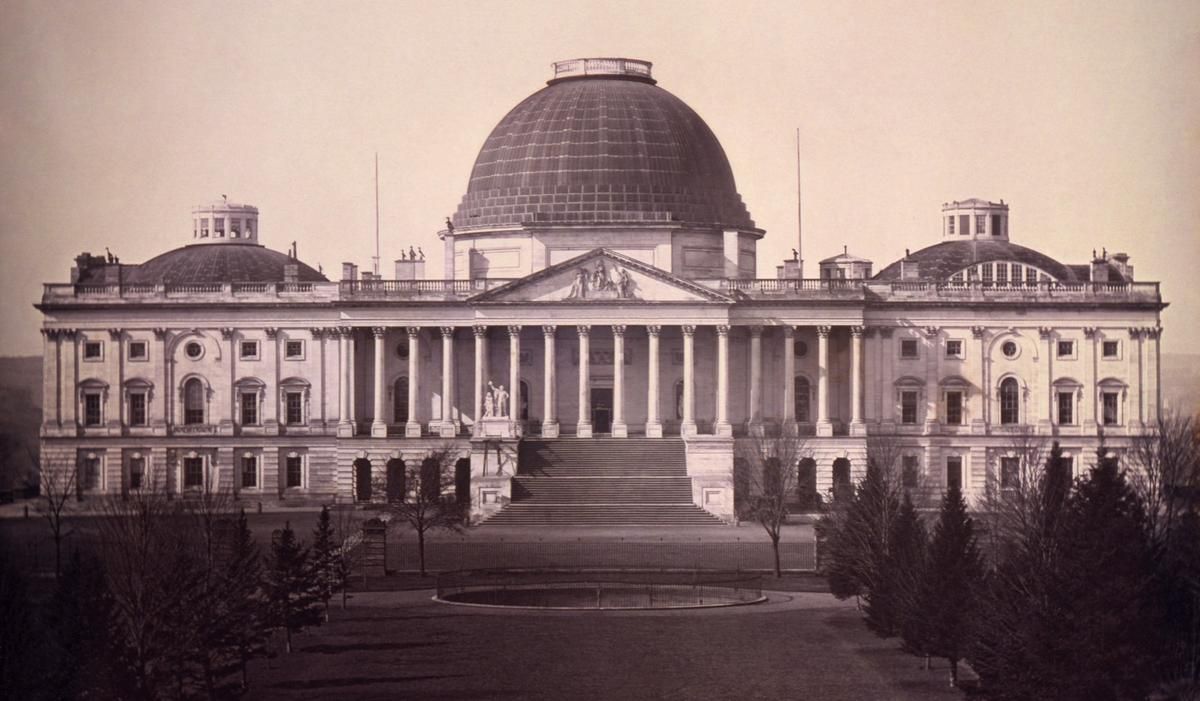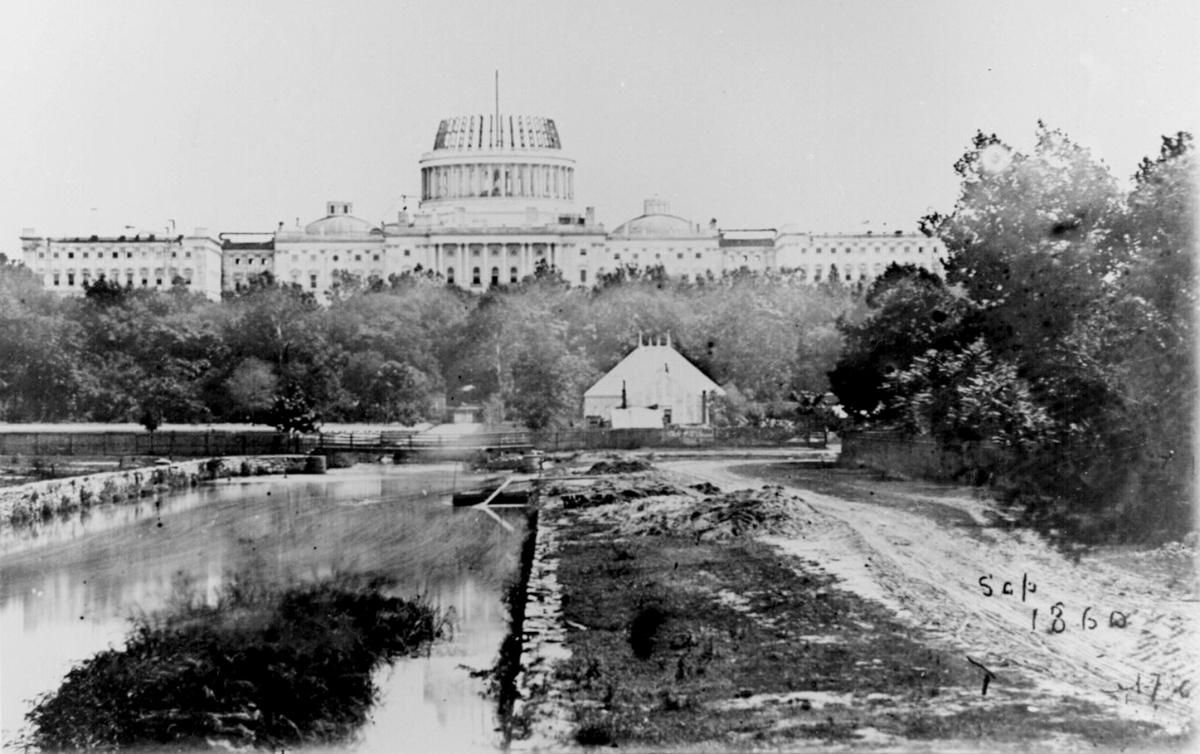It is THE symbol of American democracy. In Washington DC, the American federal capital where he sits, 27 meters above the Potomac River, on Jenkins Hills, we are not allowed to build a building taller than him. This is where Congress, the legislative branch of the United States, and its two branches sit: the Senate, in the north wing, and the House of Representatives in the south wing. They meet there after each presidential election to validate the vote of the electors. Once the count has been completed, state by state, the name of the new president is officially proclaimed.
It is also on the steps of the Capitol that Inauguration Day takes place, the day when the president and vice-president take the oath of office and take office. The bodies of deceased presidents are displayed there in the rotunda, for their last public homage, and it is also at the Capitol that commemorations of the country’s two major national holidays, Independence Day and Memorial Day, are organized.
The colonnade of the Louvre and the Pantheon in Rome
88 meters high and with a surface area of nearly 140,000 m2, the Capitol is one of the best-known buildings in the United States, along with the White House. It was in 1791 that George Washington, the very first American president, from 1789 to 1797, decided to build the immense white marble building in neoclassical style in the city which would bear his name and which, after Phildadelphia, New York and new Philadelphia, will become the capital of the United States.
From the Frenchman Pierre-Charles L’Enfant to the American William Thornton
The project was initially entrusted to a Frenchman, engineer Pierre-Charles L’Enfant. It was he who chose the site of Jenkins Hill, a mile (1.6 km) from the White House, the seat of executive power. A choice which refers, deliberately or not, to ancient Rome where the Romans had chosen, between the seven hills of the capital of their empire that of the Capitol, a steep place, to erect the sanctuary of their supreme god, Jupiter. And make it, at the same time, the sacred heart of all their rituals, political and religious.
Undated portrait of Pierre Charles L’Enfant, during his stay in the United States.
Creative Commons
But the Frenchman, rebellious, refused to communicate the plans of the building and to submit to the authority of the commissioners appointed by George Washington. Once revoked, a competition was launched in May 1792 to replace him. It was an American doctor and amateur architect, William Thornton, who won, with the support of Washington and Secretary of State Thomas Jefferson. The grandiose architecture of its plans is inspired by the colonnade of the Louvre and the Pantheon in Rome. President George Washington laid the cornerstone of the building during a ceremony on September 18, 1793, dressed in Masonic garb. The Senate wing was completed in 1800, that of the House of Representatives was not completed until 1811.
Creative Commons
George Washington, Venerable Master of the Alexandria Lodge, during the ceremony of September 18, 1793, during which he laid the cornerstone of the United States Capitol.
Originally, the current dome topped with an “other” bronze Statue of Liberty designed by Thomas Crawford, representing Libertas, a Roman goddess, did not exist. Designed by architect Thomas U. Walter, the cast iron structure of 8,909 parts, three times the weight of the first dome and with a diameter of an additional 30 meters, will be added from 1856, as a highlight significant expansions carried out during the 1850s. The arrival of new states within the Union indeed led to an increase in political personnel. Many African-American slaves were used on the site to make the bricks, lay the stones and cut the wood needed for the construction.
Attack, gas explosion and bombings
Among the most notable episodes in the history of the Capitol is, of course, the storming by pro-Trump people on January 6, 2021. That day, shortly after 1 p.m., while the 117th Congress was meeting in the great hall of the Senate to proclaim the name of the new president, John Biden, the supporters of the outgoing president beaten by his Democratic opponent, a crowd of unleashed men and women, attack the building, in front of television viewers around the world , stunned. In the morning, the demonstrators were heated by Donald Trump who has been claiming for several weeks that the election was stolen from him.
If this assault remains unprecedented in the history of the country due to its scale, the Capitol has seen others. In 1814, shortly after construction was completed, the Capitol was almost completely burned by British troops who set it on fire during the Second War of Independence. a stormy downpour allowed the fire to be extinguished. It took four years to rebuild the building, starting in 1815. In 1835, it was in front of its steps that the first assassination attempt on an American president took place: Andrew Jackson miraculously escaped. In 1898, the Capitol was damaged by a gas explosion. The building will then be the scene of three attacks. Before the United States entered the war during the First World War, a German professor detonated a bomb in the reception rooms. Later, it was opponents of the war in Vietnam who in turn planted a bomb in the basement of the building, and in 1985, a group called Armed Resistance Unit claimed responsibility for another bombing in the wing. north of the building.
Creative Commons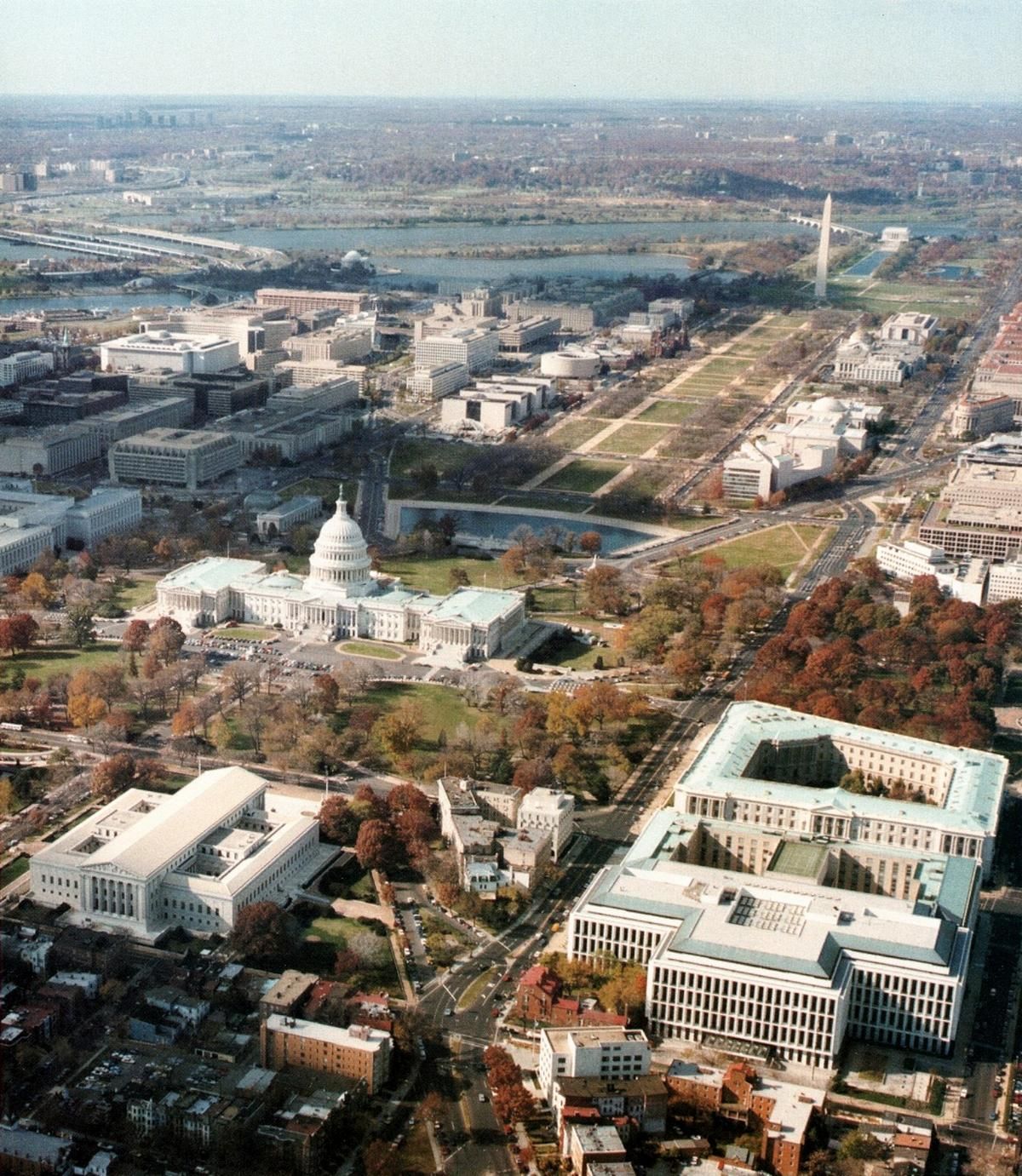
Aerial view in 2004 of Capitol Hill with the United States Capitol. In the foreground on the left the Supreme Court building, in the background the obelisk of the Washington Monument. In the center, on the right, going diagonally, Pennsylvania Avenue, connecting the Capitol to the White House.
Crypt, baths, star, park, little train and other urban legends
But there are lesser-known details to the Capitol’s story. A crypt was originally planned under its forecourt, to accommodate the burial of George Washington, but the latter preferred to be buried in his estate at Mount Vernon. The tomb planned for the Founding Father today contains a catafalque.
The basements of the Capitol contain two marble bathtubs, relics of the Senate baths. At a time when few buildings had modern plumbing, they were designed for members of Congress and their guests, who also had barber and massage services.
A Frenchman appears there, Robert-Joseph Pothier, famous jurist of the 18th century.
In the center of the hall of the famous rotunda, 54.8 meters high and almost 30 meters in diameter, an inlaid star indicates the four sectors of Washington DC and marks the starting point of the streets of the capital, from which the buildings are numbered. On the first floor of the representatives’ wing, the Hall of Coulumns, about thirty meters long, houses the statues donated by each of the 50 American states to honor figures who played an important role in their history. A Frenchman appears there, Robert-Joseph Pothier, famous jurist of the 18th century.
Creative Commons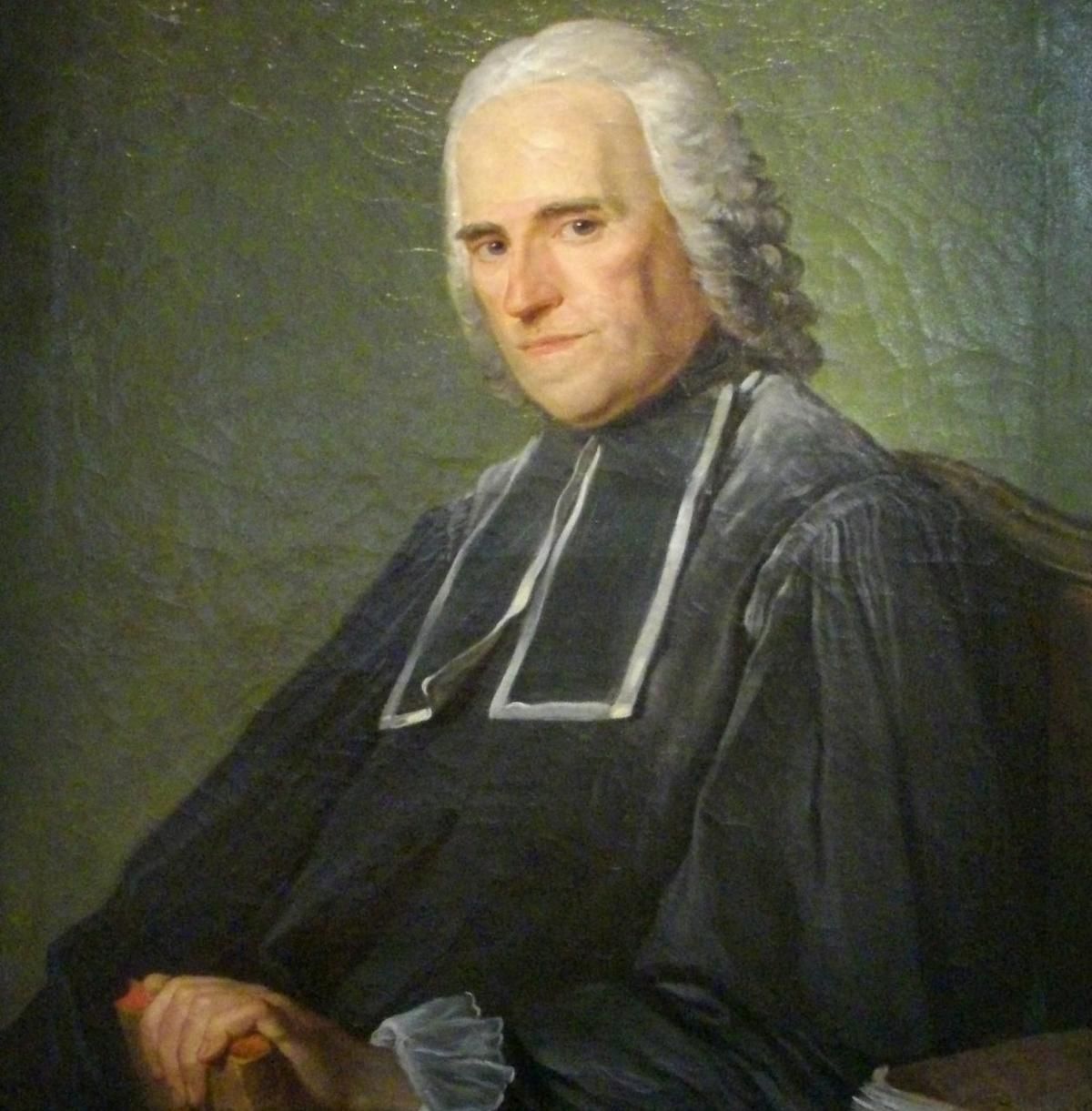
Portrait of the jurist Robert Joseph Pothier (1699-1772), 1760s, by Simon-Bernard Lenoir. Orléans Museum of Fine Arts (Loiret, France).
The current Capitol Park was designed at the end of the 19th century by the landscape architect Frederick Law Olmsted, to whom we also owe New York’s Central Park. In 1875, he had the marble terraces located to the north, south and west of the building built. He also designed the plans for the brick Summer House, built from 1879 to 1881 and located north of the Capitol.
Creative Commons
A car on rails in 1912 in the Capitol tunnels.
In the bowels of the Capitol lies a secret subway. In 1909, a network of tunnels was designed to allow senators to escape the humid summer heat to travel from their offices to the Congress Hall in electric carts. Modernized and expanded several times, the Capitol system today includes three automatic light rail lines and six stations, but it is still strictly reserved for the President of the United States, senators, representatives and their guests.
Demon Cat, the “demonic cat of the Capitol” whose appearance would herald a coming catastrophe for the country.
C.M. Bell, Library of Congress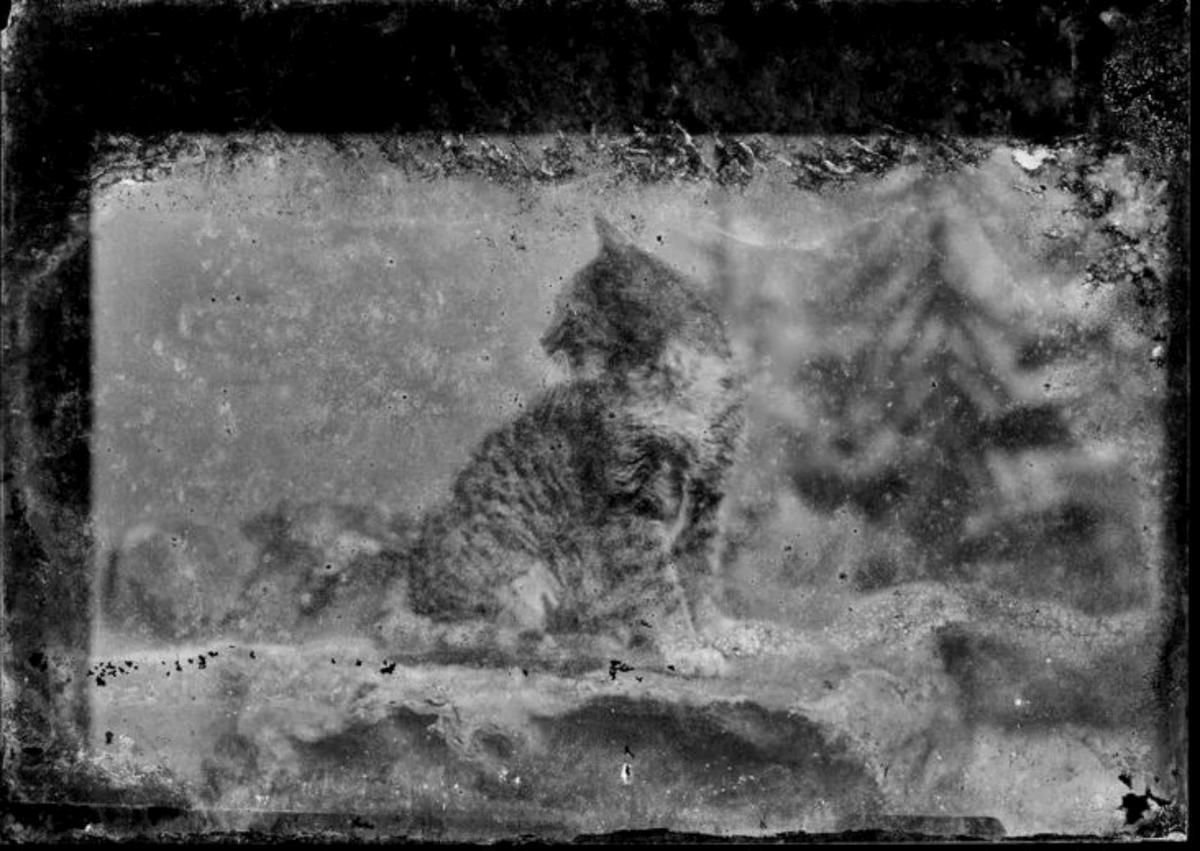
The Demon Cat is said to be the size of a tabby cat, similar to the one seen in this 19th-century photographic negative by Washington, D.C. portraitist Charles Milton Bell
And then, there are these urban legends, each crazier than the last, which circulate about the Capitol. It is said that an engineer who died during its construction placed a curse on it or that the ghost of a librarian wandered through its corridors. But the strangest, without a doubt, remains that of Demon Cat, the “demonic cat” who is said to haunt the Capitol. The “feline ghost” would transform in front of people into a cat as imposing as an elephant, terrorizing members of Congress and other regulars at the Capitol since 1862.
Its appearance would herald a coming catastrophe for the country. He would have been seen a few days before the crash of 1929 or the day before the assassination of John F. Kennedy, in 1963… Have we seen him in recent days prowling the corridors of the Capitol? History doesn’t tell (yet).

